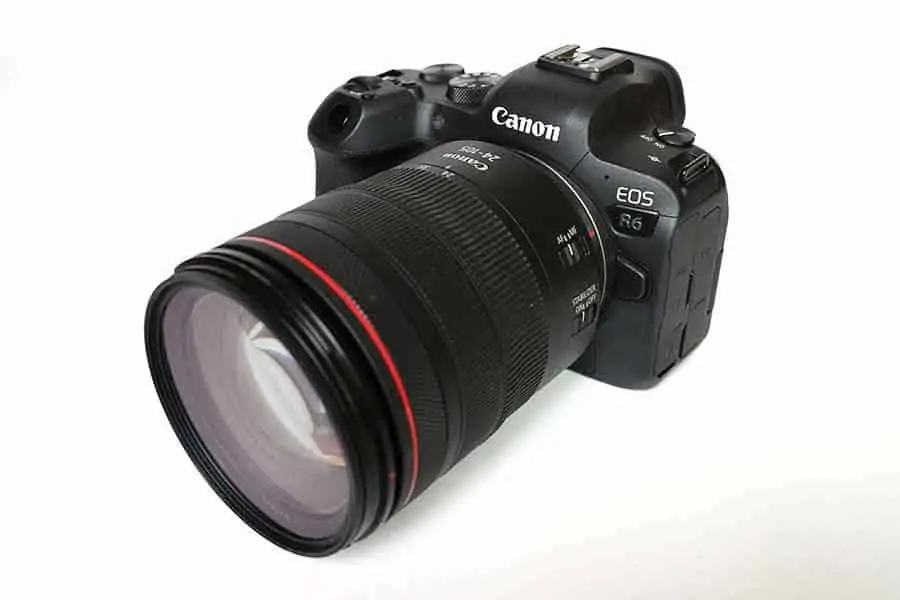DIY Video Studio is supported by its readers. Please assume links on this site are affiliate links or ads, and that I get commissions for purchases made through these links. As an Amazon Associate, I earn from qualifying purchases. Thank you if you use any of the links.
I tested the battery life of the LP-E6N and LP-E6NH batteries to write an article on the expected battery life of an EOS R6 camera battery. But my tests also revealed some interesting insights on Canon battery charging times.
To completely recharge an exhausted EOS battery using a Canon LC-E6 or LC-E6E charger at a room temperature of 23°C/73°F takes 2hrs for the LP-E6, 2hr 10min for the LP-E6N, and 2hr 47min for the LP-E6NH. However, charging times vary with ambient temperature, taking much longer at low temperatures.
There is no definitive answer to the general question of how long it takes to charge a Canon LP-E6 series battery, or for that matter any other type of camera battery.
The Canon EOS battery charging time depends on several factors. These include:
In this article, I will be looking at the Canon EOS LP-E6 series of batteries, and more specifically at the newer E6N and E6NH versions.
Please note that by exhausted I do not mean a complete discharge of the lithium-ion battery. Li-ion batteries should not be completely discharged since this would cause permanent damage.
- For Canon LP-E6 battery pack (EOS 5D Mark II, 5D Mark III, 7D and 60D digital cameras)
- Charge from standard electrical outlet
- 2-prong US plug - no power cord required
- Power requirements: 100-240 VAC, 0.21-0.115A
Last update on 2025-04-14 / Affiliate links / Images from Amazon Product Advertising API
The battery model affects battery charging times
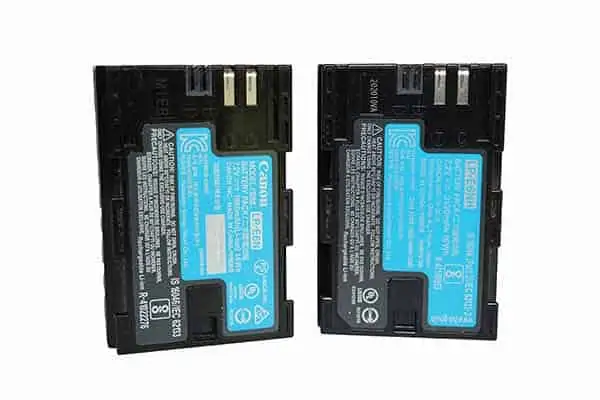
The EOS R, Ra, R5, and R6 can use any of the LP-E6 series of batteries. Although the R and Ra are supplied with the LP-E6N battery pack, and the R5 and R6 come with the LP-E6NH, if needed, any of these cameras can also use the lower capacity LP-E6 power pack.
Since these three battery packs have different maximum capacities, clearly their battery life and charging times will differ.
When the LP-E6N battery was introduced, boasting a capacity of 1865mAh, it only provided a 3.6% improvement on the original LP-E6 battery pack. This explains why both batteries have similar charging times.
However, the capacity of the LP-E6NH power pack offers an 18% improvement on the LP-E6 and a 14% improvement on the LP-E6N. This explains why the LP-E6NH takes much longer to charge than the two earlier batteries. The following table shows their charging time using an LC-E6E charger at a room temperature of 23°C/73°F.
| Battery | Capacity (mAh) | Ambient Temp (°C/°F) | Charging Time (Hr Min) |
|---|---|---|---|
| LP-E6 | 1800 | 23/73 | 2hr 00min |
| LP-E6N | 1865 | 23/73 | 2hr 10min |
| LP-E6NH | 2130 | 23/73 | 2hr 47min |
Using a table of figures does not always help us see a correlation between two sets of data, but a chart often helps to reveal such links. I plotted the charging time in minutes against the battery capacity in mAh in the chart below.
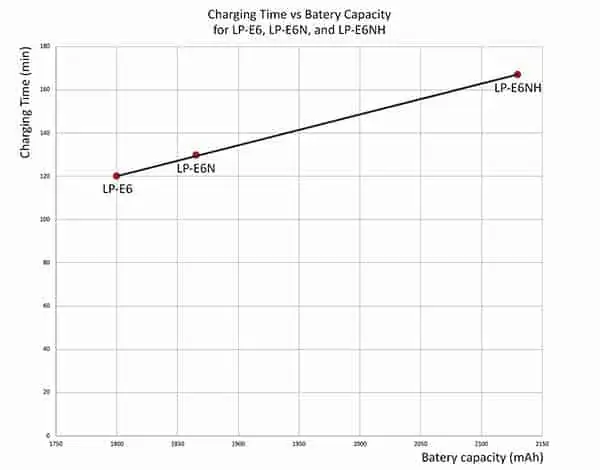
You can see that the three data points fall on a straight line, indicating that the charging time is directly proportional to the battery capacity. Using simple math (simultaneous equations or a graphical solution), it is easy to write a formula that describes this line. The formula is,
Charging Time = [(37/265) X Battery Capacity] – 130, or using mathematical symbols the formula becomes

where T is the charging time in minutes and C is the battery capacity in mAh.
You can see how in my test the battery charging time varied with battery capacity for the LP-E6 series of batteries. Although these charging times, and my formula, will be approximately correct for a range of normal room temperatures, strictly speaking, they are only true under the conditions of my test. As a reminder, I was using a Canon LC-E6E charger at a room temperature of 23°C/73°F. In another test at a temperature of 26°C/78°F my LP-E6N battery charged in 2hr 9min, about one minute less than charging at 23°C/73°F.
The method of charging affects LP-E6 battery charging times
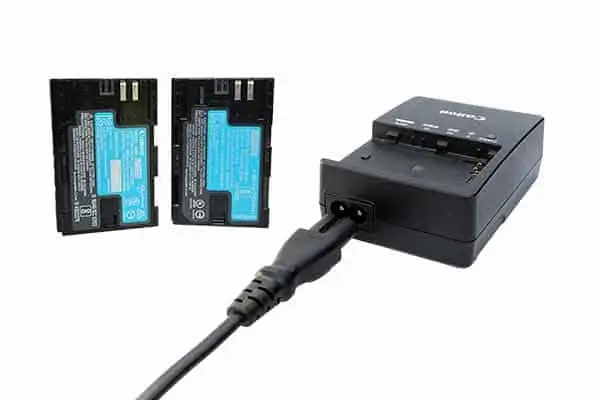
When buying a Canon camera that uses an LP-E6 series battery, a standard Canon LC-E6 or LC-E6E battery charger will be included. Both chargers plug into a wall outlet, although the LC-E6E uses a separate cable.
However, this is not the only option when it comes to charging your Canon LP-E6N or LP-E6NH camera battery. You can use a third-party camera battery charger or try one of the USB charging options I cover in my article Canon EOS R6 USB Charging.
The point is that if you use a different way of charging other than using Canon’s LC-E6/LC-E6N charger then the charging time is likely to be different.
Charging an exhausted LP-E6NH battery inside an EOS R6 with the Canon PD-E1 USB power adapter at a room temperature of 23°C/73°F takes 2hr 59min. This is 12 minutes longer than charging the same battery in Canon’s LC-E6 or LC-E6E battery charger.
- USB power Adapter PD-E1 for Canon digital camera EOS R
- USB power Adapter
- AC cable
- Package Dimensions : 6.858 L x 18.542 H x 8.636 W (centimeters)
Last update on 2025-04-14 / Affiliate links / Images from Amazon Product Advertising API
Battery recharge performance can affect charging time
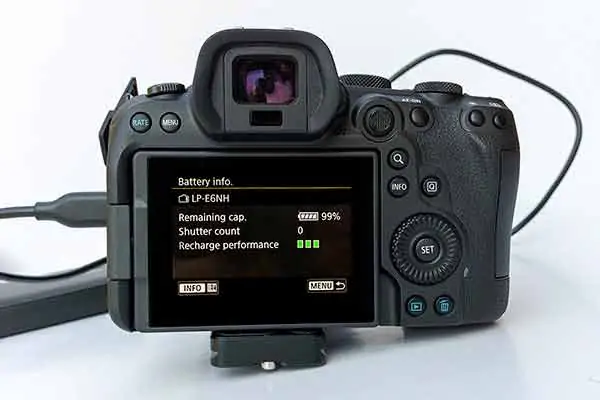
As Lithium-ion batteries age their recharge performance decreases, which can be monitored on a Canon EOS camera under the Battery info menu page.
The recharge performance will be influenced by the number of recharge cycles and even the recharge conditions, for instance, recharging at higher temperatures.
The degradation of older Lithium-ion batteries is a result of a steady increase in the internal resistance of the battery. The increased internal resistance of older lithium-ion batteries may require charging for longer in order to be fully charged.
Charging time is affected by the ambient temperature
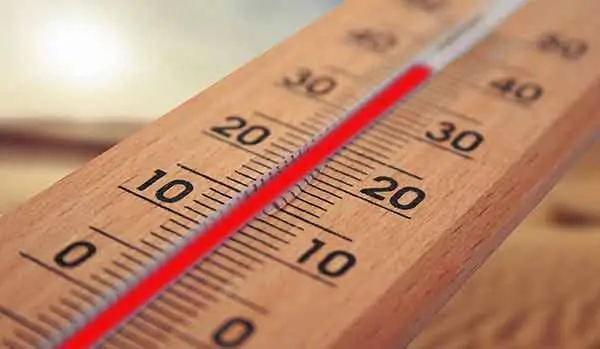
You probably know that your smartphone’s battery life drops dramatically in low temperatures. This is not something that is peculiar just to smartphones, lithium-ion camera batteries are also affected by temperature.
Battery manufacturers recommend charging batteries at “room temperature”, or between 50°F and 86°F (10-30°C). Although a temperature of 68-78°F (20-26°C) would be optimal. The ideal temperature range for long-term storage of Li-ion batteries is 50-60°F (10-15°C), since this helps to reduce battery drain to 3% to 5% per month.
But here I am concerned with charging time, so I will get to the point.
Ambient temperature influences the charging time of the LP-E6 series of batteries. A slightly higher ambient temperature will shorten the charging time, low temperatures will lengthen the charging time. However, high and low-temperature charging can reduce battery capacity.
In my tests charging an LP-E6N battery with a Canon LC-E6E charger at a room temperature of 23°C/73°F charging took 2hr 10min. The same battery took two minutes less to charge at a temperature of 26°C/78°F.
However, I would not recommend deliberately increasing the temperature to cut the charge time. High temperature charging adversely affects the battery’s cycle life and reduces the charging capacity. Excessive heating of the battery can occur inadvertently if the battery or camera has been left in a car on a hot sunny day.
The higher temperature leads to the battery giving a false-positive of being fully charged when it is not. The useable capacity (and battery life) is then reduced, leading to more frequent charging, which reduces the life expectancy of the battery.
Low-temperature charging is also a bad idea. When charging occurs at low temperatures the charging current is deliberately reduced to prevent venting of the battery and hence prevent an explosion. Inevitably, a reduced charging current will increase the battery charging time. Charging at lower temperatures can also promote lithium plating in the battery, causing permanent capacity loss.
A genuine Canon EOS Li-ion battery includes protection to avoid overcharge and explosion.
Remaining battery capacity influences battery charging time
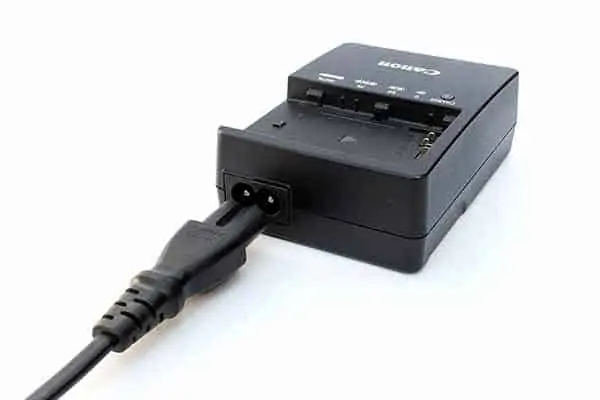
The remaining battery capacity will affect battery charging time. If the capacity is still at 94% or higher the battery will not charge at all, so you will be waiting an exceptionally long time for the charging to complete.
As mentioned at the start of this article an exhausted lithium-ion battery is not a completely discharged battery. When exhausted the battery may still have around 10% capacity remaining. So, if you recharge your LP-E6 series battery with a remaining capacity of between 10% and 94%, the charging time will depend on what battery capacity you start charging.
People also asked…
How long should I charge my EOS LP-E6 camera battery?
To completely charge an exhausted LP-E6 lithium-ion camera battery at room temperature using Canon’s LC-E6/LC-E6E battery charger takes 2hrs. For safety reasons charging times are longer at low temperatures.
How long should I charge my EOS LP-E6N camera battery?
To completely charge an exhausted LP-E6N lithium-ion camera battery at room temperature using Canon’s LC-E6/LC-E6E battery charger takes 2hr 10min. For safety reasons charging times are longer at low temperatures.
How long should I charge my EOS LP-E6NH camera battery?
To completely charge an exhausted LP-E6NH lithium-ion camera battery at room temperature using Canon’s LC-E6/LC-E6E battery charger takes 2hr 47min. For safety reasons charging times are longer at low temperatures.
How long does a camera battery last before needing replaced?
A standard lithium-ion camera battery should last about 1,000 recharging cycles. A complete recharging cycle is irrespective of the remaining battery charge. Regularly recharging a battery that is at 90% will therefore reduce the amount of use you can expect from the camera battery.
When to charge a camera battery
A lithium-ion camera battery should be charged when it reaches a remaining battery capacity of 10-20%. This ensures maximum use from the battery and avoids complications that might occur if the battery power is allowed to drain further.
Why will my camera battery not charge?
A lithium-ion camera will fail to charge when it has been allowed to discharge and the voltage drops to below its nominal rating. The charger incorrectly recognizes the voltage drop as a battery fault and as a precaution will not charge. Camera batteries normally lose 3-5% of charge monthly while in storage.
Can a camera battery overcharge?
Good quality camera batteries normally included protective circuits that reduce or stop charging when the battery is fully charged. A battery like Canon’s LP-E6NH takes about 3hrs to charge, and although the supplied LC-E6/LC-E6E charger stops charging once the battery capacity reaches 100%, it is not recommended that the battery is charged for more than 24 hours.
You might also like…
- Canon EOS R USB-C Charging Problems, and How to Make it Work
- Can I Charge a Camera Battery with a Power Bank?
- Canon EOS R6 USB Charging: No charger required
- Canon EOS R6 Battery Life for stills and video – What to expect
- Can you Take Lithium Camera Batteries on Planes
- Can You Overcharge a Camera Battery or Charge Overnight
Tosh Lubek runs an audio and video production business in the UK and has been using the Canon EOS R since it was released in the Autumn of 2018 and the Canon EOS R6 in 2020. He has used both cameras to shoot TV commercials broadcast on Sky TV, promotional business videos, videos of events and functions, and YouTube creator content. He has also won several international awards for his advertising and promotional work. You can meet him by visiting his “video booth” at HashTag Business Events across the country.
Recent Posts
Recently, I shot several customer testimonial videos in 4K for a client when the overheating warning on my Canon EOS R6 appeared. In fact, it appeared three times in five sessions during the day of...
Why Every Photographer Should Have a Nifty-Fifty 50mm f/1.8 Lens
If there’s one lens nearly every photographer should own, it’s the 50mm f/1.8 - better known as the “nifty fifty.” This affordable lens provides impressive quality and versatility, making it...


